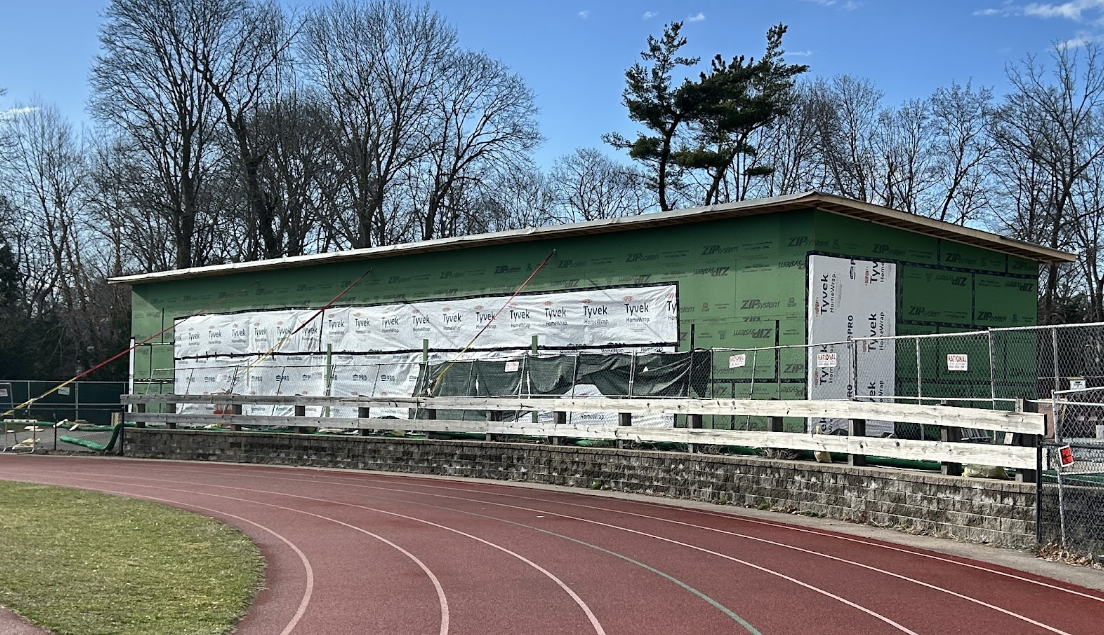Standing Rock Protests Continue
Fearless protesters fight to protect their land.
December 4, 2016
In the ongoing battle against the Dakota Pipeline induction, many “water protectors” standing on Rock Indian Reservation in North Dakota have been protesting heavily and leading efforts that would divert the pipeline construction. The Standing Rock Sioux tribe filed a lawsuit against the U.S. Army Corps of Engineers, the company that approved the permit to cross the Missouri River for the Energy Transfer Partners. The pipeline would extend from North Dakota’s Bakken Field to a refinery in central Illinois.
There have also been reports posting that law enforcement has been utilizing geotagging-a method of tracking and photographing- to monitor protesters. However, Morton County Sheriff’s Office denied the accusation, and also refuted using pepper spray, tear gas, and beanbag rounds on protesters, demonstrating peacefully. However, junior Justin Hull brings to light, despite the refutes, that “first of all the treatment of protesters is horrendous, tear gas and pepper spray should be banned. I mean these are peaceful protests as far as I know, and the anti protest measures cannot be justified.”
The protesters fear the pipeline would disrupt their sacred lands and burial grounds, not to mention the environmental effects. Pipeline spills, though sometimes small, cause major catastrophes, resulting in expensive cleanup and public health risks. ProPublica stated that pipelines, according to a 2012 examination, are at least fifty years old, which increases the risk of spills. Part of the reasons for the rerouting of the pipeline near Bismarck, the state’s capital, was redirected because of health risks on drinking water and pollution.
In Iowa, farmers have taken a stand against the pipeline, fearing the constructing of the pipeline would ruin their land. Supporting the Standing Rock Sioux tribe, farmers believe the Iowa regulators wrongly approved the pipeline grant, despite their having signed easements stating agreement for construction on their land.
In early November, the federal government halted the pipeline project from invading the Missouri River. But State and Federal agencies did receive approval for the construction of the pipeline. Farmers and ranchers were compensated in thousands of dollars as payment for allowing pipeline construction through their land. The economic benefits would bring 470,000 barrels of oil a day from western North Dakota to Illinois, pumping into local economies and creating construction jobs. Senior Mary Kate Brennan agreed that “if the companies got it approved and can keep the consequences to a minimum, they should have the pipeline and bring the jobs back.” The controversy still stands though, whether the two opposing sides can work out the conflict, and the case will drag on.

































